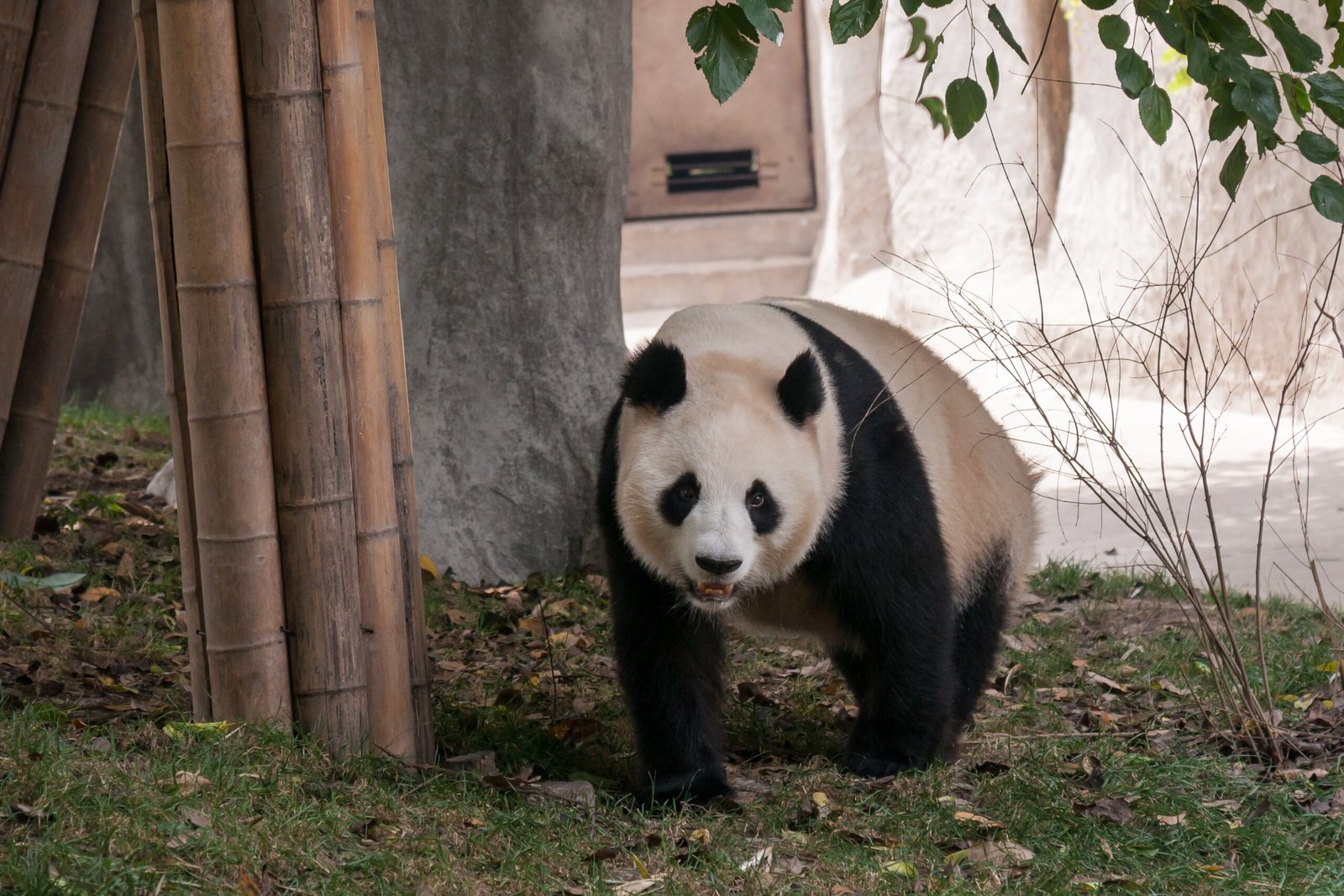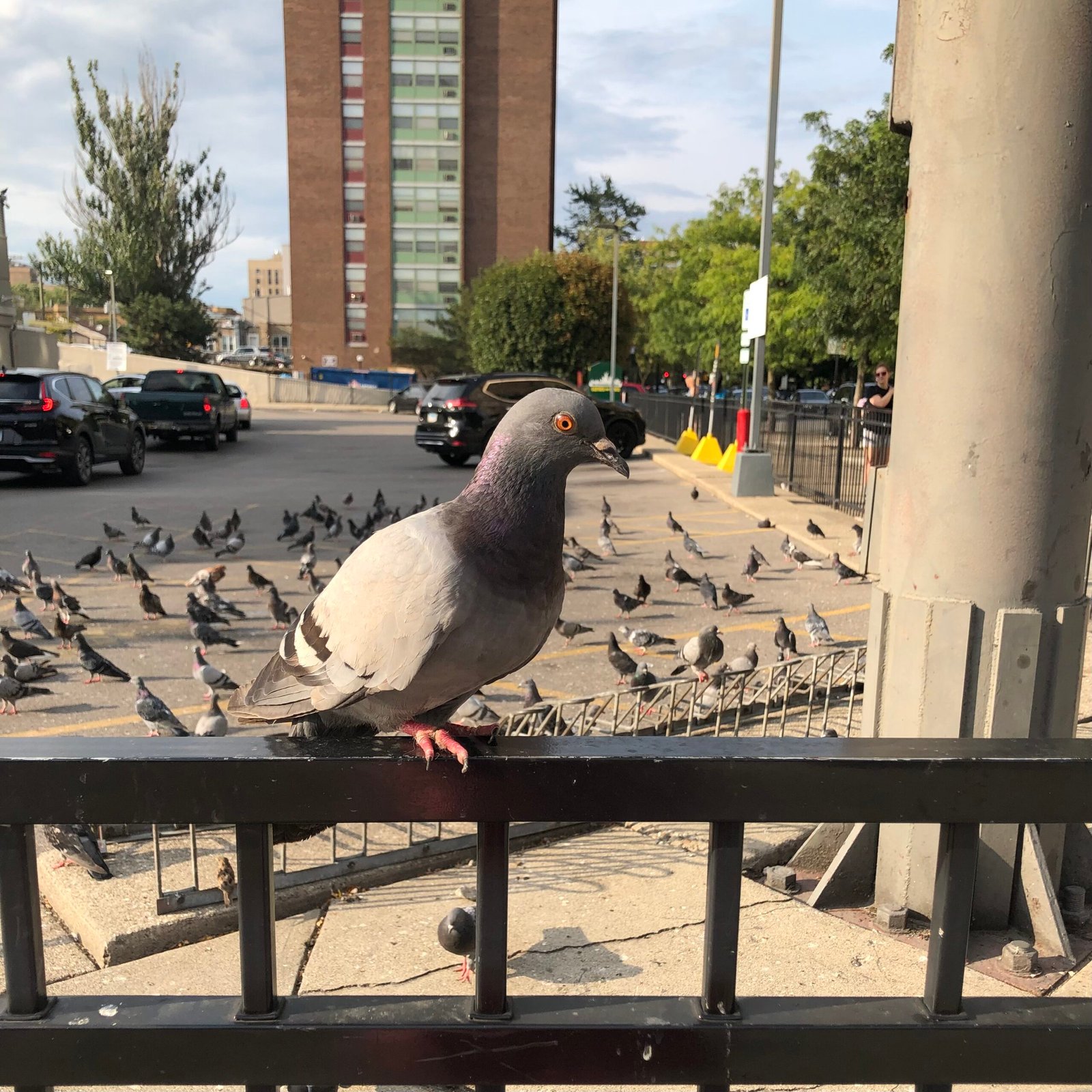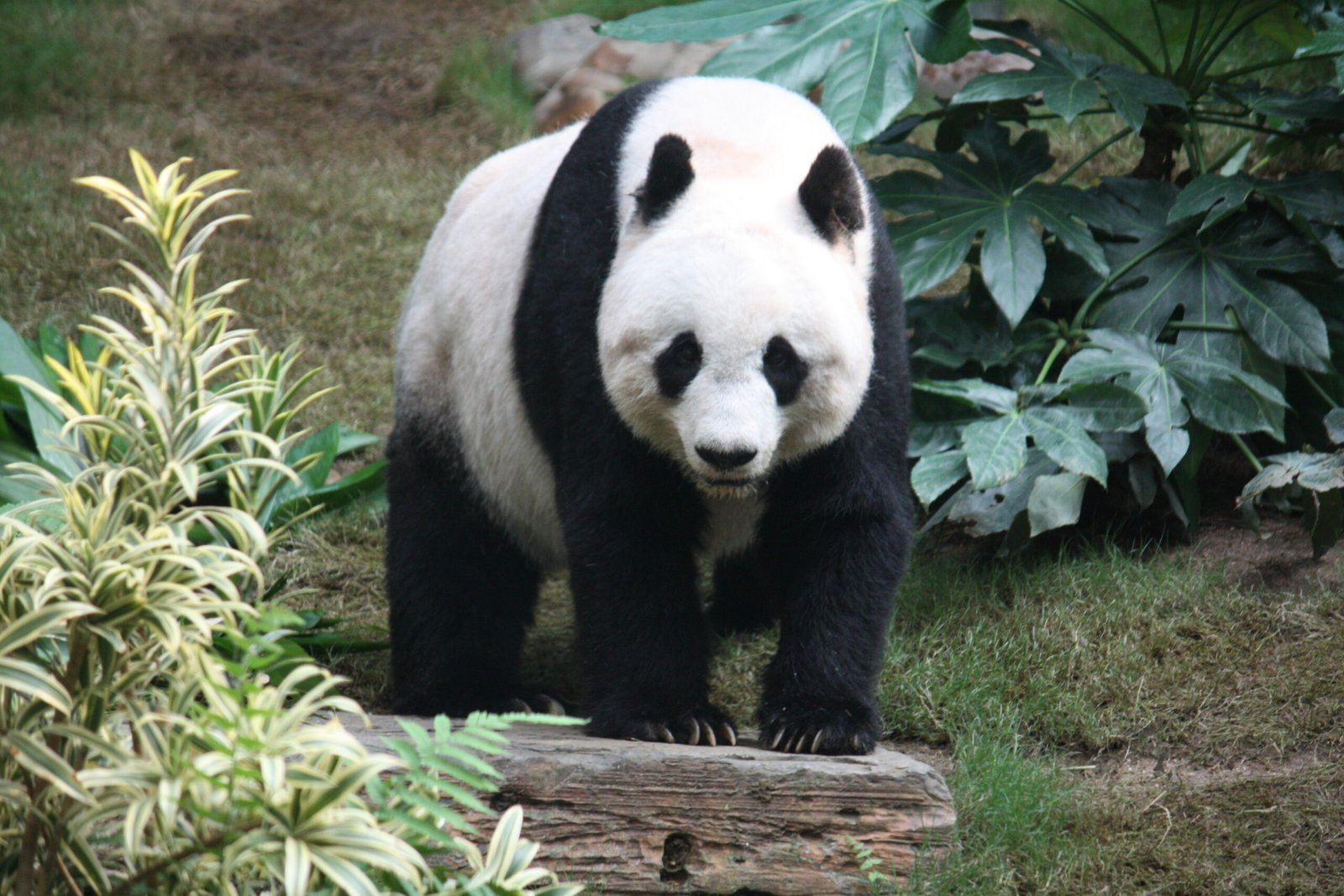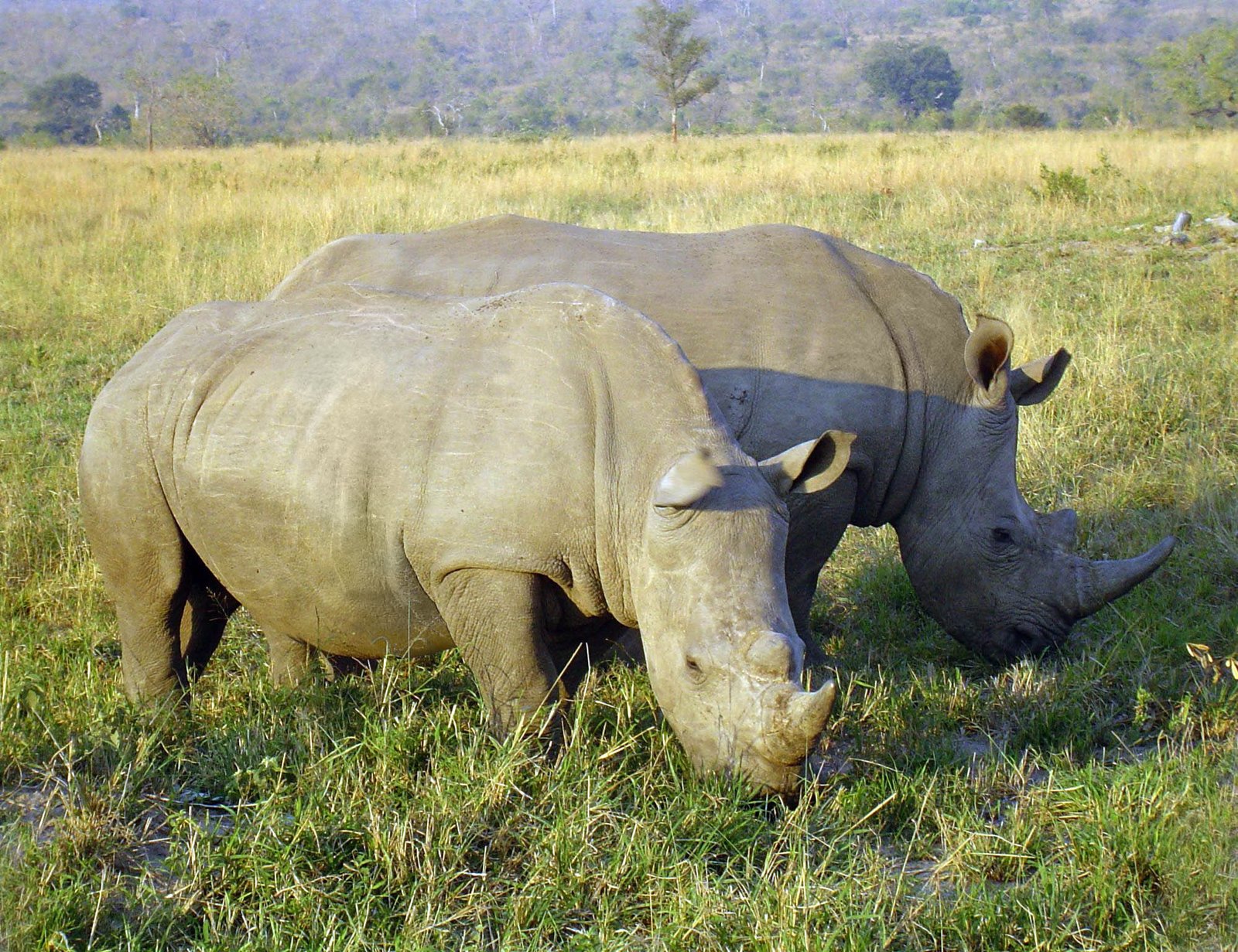Why do we pour billions into saving the giant panda, while pigeons—those ever-present city dwellers—barely earn a second glance? The world of wildlife conservation is bursting with stories of triumph and heartbreak, but beneath the surface lies a surprising force guiding our choices: intelligence bias. We are drawn to certain animals not just for their beauty or rarity, but for the way we perceive their minds. This subtle but powerful bias shapes which species we fight to save, and which are left to fade away. What if our own human tendencies are quietly rewriting the fate of countless creatures?
The Allure of the “Charismatic Megafauna”

When people think of endangered animals, images of pandas, elephants, and dolphins often come to mind. These creatures, known as “charismatic megafauna,” enjoy a special place in our hearts and conservation priorities. Their large size, expressive faces, and seemingly complex behaviors make them relatable and captivating. Media campaigns and wildlife documentaries often feature these animals, reinforcing their star status. In contrast, less glamorous creatures like rodents or insects are often ignored, despite playing vital roles in ecosystems. This focus on charismatic species means conservation funding and public attention are not always distributed based on ecological need, but rather on emotional appeal and perceived intelligence.
Intelligence as a Measure of Worth
Society often equates intelligence with value, not just in humans, but in animals too. Species that display problem-solving skills, tool use, or social communication tend to be seen as more “worthy” of protection. For example, dolphins and great apes are celebrated for their cognitive abilities, which sparks empathy and fascination. Meanwhile, animals perceived as less intelligent, like pigeons or certain fish, struggle to capture the public’s imagination. This bias can skew conservation priorities, diverting resources away from species that may be ecologically crucial but lack the charisma or intelligence we admire.
Pandas Versus Pigeons: A Tale of Two Species
The giant panda has become a global symbol of conservation. With its distinctive black-and-white fur and playful demeanor, the panda tugs at our heartstrings. Billions have been invested in panda breeding programs, habitat restoration, and international awareness campaigns. Pigeons, on the other hand, are often dismissed as pests, despite their remarkable adaptability and intelligence. These birds have been used in wartime communication, can recognize individual humans, and even solve simple puzzles. Yet, conservation efforts for pigeons are nearly nonexistent, highlighting how our perception of worth is shaped by more than just intelligence—it’s also about cultural and aesthetic appeal.
The Power of Anthropomorphism
Anthropomorphism—the tendency to attribute human traits to animals—plays a crucial role in how we relate to wildlife. Animals that appear to “smile,” show affection, or mimic human-like behaviors usually receive more empathy and support. Pandas, with their gentle eyes and seemingly clumsy antics, invite us to see ourselves in them. Pigeons, with less expressive features, do not evoke the same response, even though their intelligence is notable. This human-centered lens can distort our understanding of nature and skew conservation efforts toward animals that seem more “like us.”
Media Influence and Public Perception
The stories we see in movies, documentaries, and advertising campaigns greatly influence which animals we care about. Media outlets often spotlight the struggles of iconic species, generating emotional responses and calls to action. Pandas, polar bears, and tigers are frequent stars, while less “marketable” species rarely make headlines. This selective storytelling shapes public opinion and, ultimately, conservation funding priorities. Pigeons, despite their impressive cognitive abilities and historic importance, rarely receive positive media attention, making it harder for them to gain conservation support.
Scientific Research and Cognitive Bias
Research into animal intelligence is itself subject to bias. Scientists are more likely to study cognitive abilities in species already perceived as intelligent, like primates, corvids, and elephants. This creates a feedback loop, where animals deemed smart receive more attention, leading to more discoveries about their intelligence and, in turn, greater conservation interest. Meanwhile, the intelligence of less-studied species remains underestimated or overlooked. Pigeons, for instance, have demonstrated impressive memory and learning skills, but these findings rarely change their status in the public eye.
Ecological Importance Overlooked

Intelligence bias often overshadows the ecological roles that less “glamorous” species play. Pigeons, for example, contribute to seed dispersal and urban ecosystem balance. Insects, frequently ignored or reviled, are essential pollinators and decomposers. Prioritizing intelligence or charisma in conservation decisions can lead to the neglect of species that hold ecosystems together. This imbalance threatens biodiversity and the health of entire habitats, highlighting the need for a more holistic approach to conservation.
Cultural Narratives and Historical Legacies

Cultural stories and historical experiences further shape our attitudes toward certain species. Pandas have long been symbols of peace and diplomacy in Chinese culture, while pigeons are often associated with urban mess and disease in Western cities. These narratives reinforce existing biases, making it difficult to shift public perception. Changing the story around a species—by highlighting its intelligence, ecological role, or historical significance—could help rebalance conservation priorities.
The Cost of Bias in Conservation Funding

Funding for conservation is limited, and where it goes often depends on public interest rather than scientific need. High-profile campaigns for pandas, rhinos, and whales attract millions in donations, while less popular species languish in obscurity. This uneven distribution of resources can mean the difference between survival and extinction for overlooked animals. Broadening the focus to include less charismatic but ecologically vital species is essential for effective conservation.
Moving Toward Inclusive Conservation

Recognizing intelligence bias is the first step toward more inclusive and effective conservation. Scientists and advocates are increasingly calling for strategies that prioritize ecosystem health and biodiversity over charisma or perceived intelligence. Education programs, community involvement, and media campaigns can help shift public perception and support for a wider range of species. By challenging our own biases, we can build a future where all creatures—regardless of their intelligence or charm—have a chance to thrive.
Conservation is not just about saving the species we find most interesting or lovable; it’s about preserving the intricate web of life that sustains us all. The next time you see a pigeon pecking at crumbs or a panda munching bamboo, ask yourself: what stories have shaped how you feel about them?




